Survival Gear Checklist

By Chris Byrd
A survival gear checklist will help you be prepared for emergencies on your next outing. Knowing bushcraft or "primitive" survival methods is a vital skill-set to have when venturing into the wilderness, and no matter how much you know, carrying good equipment and knowing how to use it can make a big difference in surviving a challenging outdoor situation.
The classic outdoor survival gear checklist has long been known as the "ten essentials", with a newer version focusing instead on the ten survival systems you should always have in your pack when venturing out into the woods.
The Ten Essential Systems of a Survival Gear Checklist
1. Navigation System
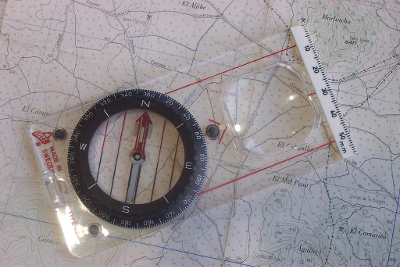
Being able to find your way across a landscape is an essential skill that is greatly enhanced with the addition of a good topographic map of the area, and a compass with adjustable declination (especially since electronic devices can easily run out of battery power, break, or malfunction).
2. Sun Protection System
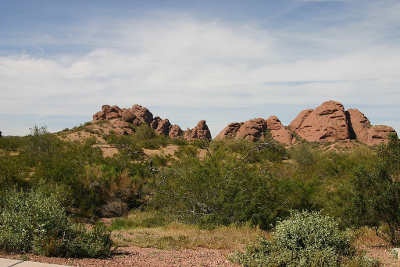
In certain areas of the world and during specific times of the year the sun can be downright dangerous. With that in mind, carrying good gear for dealing with the sun and UV radiation is essential. A waterproof sunscreen with an SPF of 30 is recommended. (reef-safe sunscreens can be healthier for your body and the environment).
You may also want to consider a hat (wide brim hats work well). Long-sleeved clothing with a tight weave (synthetics) and a reflective finish (such as rayon) can also provide an extra layer of skin protection.
3. Insulation System
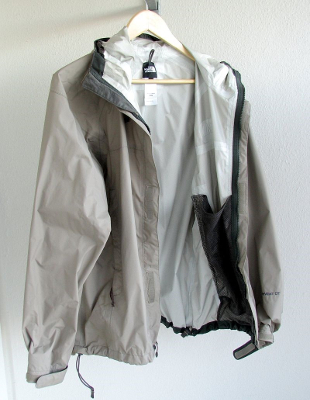
When putting together your survival kit for an outing always bring some extra clothing that will be applicable and appropriate for the conditions likely to be encountered. Having a dry set of clothes to sleep in (especially socks) can make a huge difference. Always keep in mind fabric. Cotton is terrible in wet weather while wool excels.
4. Illumination System
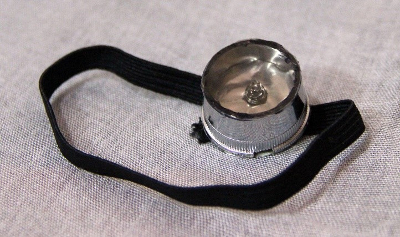
Having a reliable light source is an essential element in your survival systems. A small flashlight, and/or headlamp works well. Remember to pack the batteries separately to avoid having the device accidentally turn on in your pack and drain your batteries. Keep in mind that no battery lasts forever so bring spares.
5. First Aid System
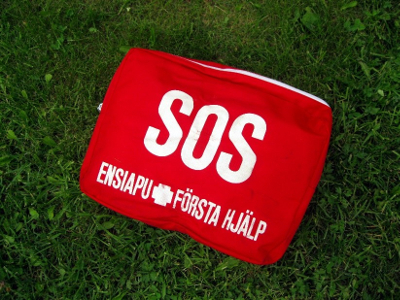
Bring a well-stocked first aid kit (injury prevention is always your best option). Good first aid kits can be purchased, or assembled yourself (for what to add to your kit see our article on creating a wilderness first aid kit).
6. Fire System
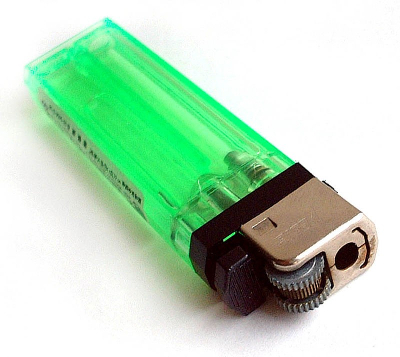
It is always good to have multiple methods of starting a fire along with one or more types of dry tinder material stored in a waterproof container.
Popular options for lighting a fire include: lighter, stormproof matches, and ferrocerium rods with a magnesium block.
Be More Prepared For Your Next Outdoor Adventure!
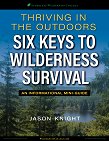
Don't leave without knowing these six essential survival skills. Our free survival mini guide reveals the strategies of:
- Shelter & fire to prevent the number one cause of death
- Obtaining clean water to avoid life-threatening dehydration
- Common wild survival foods and other critical skills!

Good tinder can be a mix of natural materials such as dead & dry grass blades, the inner bark of certain trees (black cottonwood, western red cedar), and cattail seeds to name a few examples. Man-made materials, especially petroleum based products, are also very effective and include: cotton balls soaked in petroleum jelly, char cloth, oily chips, and jute twine.
7. Repair System
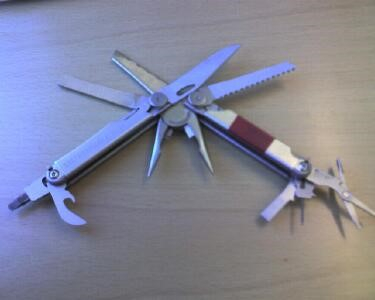
Being able to make repairs to the equipment that you bring into the field is essential. One of the most important items in your repair system is arguably the single most important item in your bag: your knife.
Additionally, if you are mechanically inclined, a multi-tool (like those manufactured by companies like Leatherman) can provide you with a multitude of tools in a small space.
A few other useful repair items are: A portable sewing kit, fabric repair tape, duct tape, 550 cord, dental floss, wire (can also be used for snares), safety pins, and a waterproof sealant.
8. Food/Nutrition System

You should always have at least an extra day's worth of food with you in case of emergencies. The best emergency foods don’t need cooking, and are high in fat and calories. Mixes of nuts, dried meat, dried fruit, candy, and chocolate, are a few viable possibilities.
Some folks prefer to bring items that they won’t be tempted to snack on during the course of a regular day in the field (for example a bland energy bar).
9. Water/Hydration System

Always have multiple ways of carrying and purifying water. An extra water bottle, and multiple ways of purifying water (life straws, iodine tablets, UV purification lights). Also, having multiple ways of starting a fire allow you to boil water in a pinch.
The amount of water you drink (and need to carry) per day will vary with the amount of exertion, elevation (higher altitude equals more water consumption), heat, and humidity. Most people will need a baseline of two quarts of water per day.
10. Emergency Shelter System
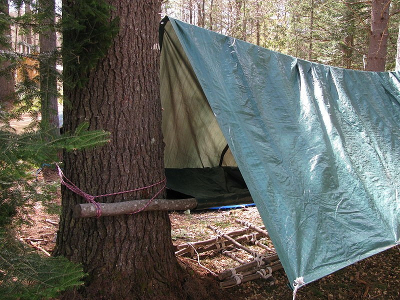
Having either an emergency shelter, or a piece of equipment from which a shelter can be fashioned is essential in your backcountry endeavors. Whether you carry a full tent, or make do with a tarp, bivy, poncho, or space blanket, having a strong shelter to help keep you dry and warm can be the difference between life and death in a survival situation.
In conclusion, the best wilderness survival gear checklist you can have revolves around careful preparation, and having a pack that includes items from each of the ten essential systems. I encourage you to use the systems as a guideline, and adapt each system to suit the needs of your specific outdoor pursuit. Be sure to know how to use each piece of gear, so that you're ready if an emergency comes up.
By the way, if you enjoyed this article then you'll love our survival mini guide. You'll discover six key strategies to staying alive in the outdoors plus often-overlooked survival tips. We're currently giving away free copies here.
Additional Resources:
Wilderness Survival Courses at Alderleaf
Ten Essentials (Survival Gear Checklist info) on the Mountaineers site

About the Author: Chris Byrd is an instructor at Alderleaf. He has been teaching naturalist skills for over twenty years. Learn more about Chris Byrd.
Return from Survival Gear Checklist back to Survival Articles
Is The Essential Wilderness Survival Skills Course Right for You? Take the "Online Survival Training Readiness" Quiz
See for yourself if this eye-opening course is a good fit for you. It takes just a few minutes! Get your Survival Training Readiness Score Now!

Grow Your Outdoor Skills! Get monthly updates on new wilderness skills, upcoming courses, and special opportunities. Join the free Alderleaf eNews and as a welcome gift you'll get a copy of our Mini Survival Guide.

 The Six Keys to Survival: Get a free copy of our survival mini-guide and monthly tips!
The Six Keys to Survival: Get a free copy of our survival mini-guide and monthly tips!
Learn more